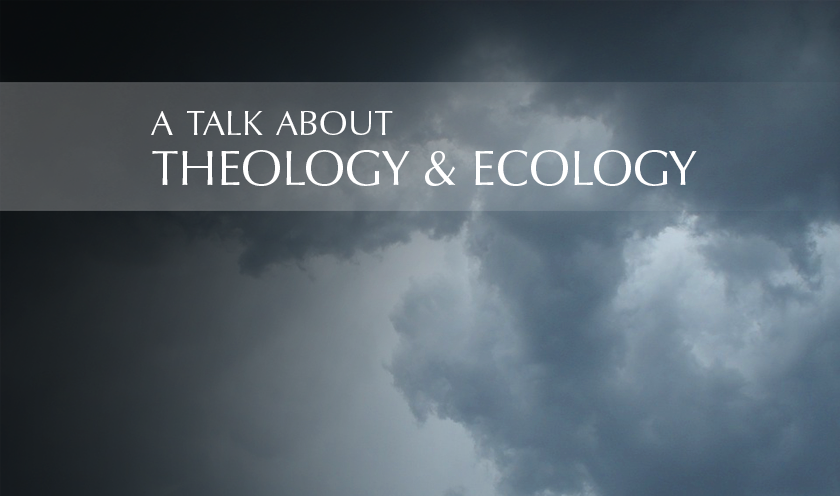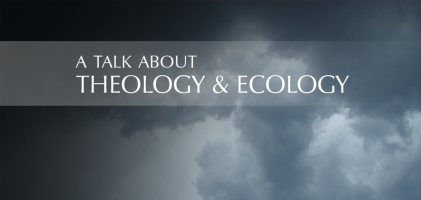This Outline traces how a well-defined apocalyptic worldview made its first appearance around 1500 BCE in the teachings of a Persian prophet by the name of Zoroaster. These teachings were further developed in a great body of literature known as Jewish Apocalyptic in the 2nd Century BCE. This mode of thinking was then taken up in Apocalyptic Christianity. These deep apocalyptic roots have finally found expression in more secular apocalyptic movements such as Marxism and Environmentalism. What all these apocalyptic movements have in common is the shared myth of some ideal or Golden Age at the beginnings of human history and the myth that somehow mankind has fallen away from what things used to be or should have been. Apocalyptic in whatever form is “a theology of despair” in that it takes the pessimistic view that the world and the human condition continues to deteriorate and hastens to some cataclysmic end. This Outline concludes with a far more optimistic view of human history – constant improvement of the human condition and a future that is “infinite in all directions”.
To read this paper in full, click on the attachment below:

